Peripheral Arterial Disease (PAD): What You Need to Know About Symptoms and Treatment
PAD is a disease that many people have, although its symptoms are generally not clear. PAD happens when your main arteries in the legs or arms get narrow or blocked, which slows blood flow.
Without proper care, this situation can make a person experience pain and serious issues. I will now focus on PAD symptoms, how it is treated, and how to handle circulatory disease to maintain good health.
What does Peripheral Arterial Disease (PAD) refer to?
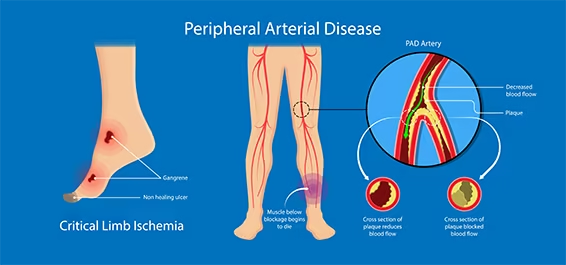
If your arteries become blocked or stenosed, it is called Peripheral Arterial Disease (PAD). As a result of plaque in the arteries, your legs and arms receive less blood. Most cases of PAD begin with atherosclerosis, which is when fats build up in your arteries.
Untreated PAD can cause issues such as amputation, heart attack, or stroke. For this reason, we must notice changes early and get the treatment necessary.
How Do People Experience Symptoms of Peripheral Artery Disease?
PAD usually starts slowly, and lots of people don’t see the signs at first. Still, these are the main signs of PAD to keep in mind.
-
Leg Pain or Cramping: You might feel pain, cramping, or weakness in your legs, especially when walking or exercising. This is called intermittent claudication and happens because the muscles aren’t getting enough oxygen.
-
Numbness or Weakness: Your legs might feel weak or numb because blood flow is restricted.
-
Cold Feet or Legs: Poor circulation can make your feet or legs feel unusually cold or turn a bluish color.
-
Slow-Healing Wounds: If cuts or sores on your legs or feet don’t heal quickly, it could be a sign of PAD.
-
Hair Loss on Legs: You might notice hair thinning or loss on your legs due to reduced blood flow.
-
Shiny Skin: The skin on your legs may look shiny or unhealthy because of poor blood circulation.
If you’re noticing any of these symptoms, it’s important to see a doctor as soon as possible.
Understanding the causes of PAD is important.
PAD develops as a result of buildup in the arteries due to the collection of plaque. Most of the time, this occurs when fats, cholesterol and other substances collect in the arteries due to atherosclerosis.
Many things can raise your chance of PAD.
-
Smoking
-
Diabetes
-
High blood pressure is a medical issue.
-
High cholesterol
-
Genes played a role in early vascular problems in your case.
These factors may result in circulatory diseases, which make your chances of experiencing PAD and heart attacks higher.
Steps for Managing the Treatment of PAD
It is reassuring that healthcare professionals have numerous ways to control symptoms and treat PAD. Some usual types of treatments include the following:
-
Lifestyle Changes
-
Making lifestyle changes is often the first treatment for PAD.
-
Quitting smoking is important, as smoking makes PAD worse and speeds the formation of plaque in your arteries.
-
Exercise: Walking can help your blood move throughout the body and may lessen your symptoms.
-
Adding fruits, vegetables and whole grains to your meals can make your cholesterol level healthy and keep your arteries unblocked.
-
Maintain a Good Weight: Having the right weight makes it simpler for your arteries.
-
Medications
If lifestyle changes aren’t enough, your doctor may prescribe medications to help manage PAD:
-
Cholesterol-Lowering Drugs: These medications lower your cholesterol and prevent plaque from building up in your arteries.
-
Blood Thinners: These help prevent blood clots, which can worsen PAD.
-
Medications to Improve Blood Flow: Some medications can help improve circulation in your legs and reduce pain.
3. Minimally Invasive Procedures
If PAD is more severe, doctors may recommend a minimally invasive procedure:
-
Angioplasty: A small balloon is inflated in the blocked artery to widen it and improve blood flow. A stent may also be placed to keep the artery open.
-
Endarterectomy: This involves removing plaque from the artery to clear the blockage.
Bypass Surgery: In severe cases, bypass surgery may be needed to reroute blood flow around the blocked artery.
4. Surgery
In some cases, surgery may be necessary to treat PAD, especially if the
blockage is severe, or other treatments aren’t effective.
Steps You Should Take To Avoid Circulatory Disorders
The main way to handle PAD and similar diseases is to prevent them. Here are some ways to protect yourself from PAD or stop it from becoming worse:
-
Doing even a little exercise every day such as walking for 30 minutes, is helpful for your circulation.
-
Eat meals that provide little saturated fat and lots of fiber.
-
Quit smoking: Smoking plays a big role in the development of PAD.
-
Make your blood sugar levels a priority if you have diabetes.
-
Check your blood pressure and cholesterol regularly so that you can minimize the risk of PAD.
To sum up, take care of your vascular health to improve your overall health.
Although Peripheral Arterial Disease is sometimes serious, detecting it early and treating it properly makes it easier to control PAD and stay healthy.
If you notice any symptoms of PAD or meet its risk factors, immediately call to make an appointment with Dr. Neil Desai. Early actions in healthcare can help you live a healthier and better life.
Don’t write off what you are noticing. Get in touch with Dr. Desai to find out about PAD treatment options and look after your circulation health soon.
Recent Posts
-

15 Yoga Poses to Improve Blood Circulation in Your Legs
January 9, 2026 -

10 Things You Can Do Today for a Healthier Heart and Better Flow
January 7, 2026 -

7 Effective Exercises for Chronic Venous Insufficiency
December 23, 2025 -

10 Superfoods That Improve Your Blood Circulation Naturally
December 23, 2025 -
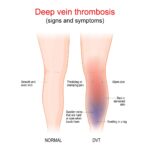
Blood Clot in Leg Treatment in Houston: Expert DVT Care 2026
December 19, 2025 -
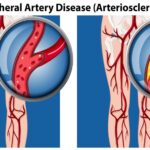
How Laser Ablation Can Help with Chronic Pain: Houston’s Leading Solutions
December 8, 2025 -
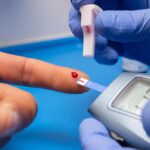
How Diabetes Affects Your Vascular Health
December 3, 2025 -

What Causes Varicose Veins in Your Legs?
December 3, 2025 -

Top 5 Signs You Need to Consult the Best Doctor for Vascular Surgery
December 3, 2025 -

Top 10 Vascular Surgeons in Texas: A Comprehensive Guide
December 3, 2025 -
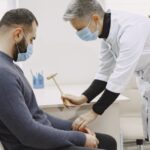
5 Key Factors to Consider When Choosing the Best Vein Specialist
November 3, 2025 -
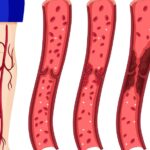
The Causes, Symptoms, and Treatments of Peripheral Venous Disease
November 3, 2025 -
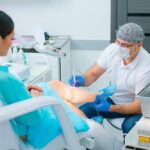
Expert Limb Preservation Services in Houston Hospitals
November 3, 2025 -

Top 5 Vein Specialists in Houston: Expert Guide 2026
November 3, 2025 -
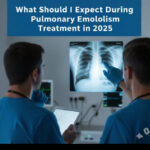
What Should I Expect During Pulmonary Embolism Treatment in 2026
September 30, 2025 -

Top 10 Vascular Surgeons in Texas | Best Vascular Specialists 2025
September 12, 2025 -

Choosing Minimally Invasive Vascular Surgery: A Comprehensive Guide
September 11, 2025 -

Top 5 Houston Vascular Surgeons for Effective Vein Care
August 26, 2025 -

Top 5 Signs You Need to See a Vascular Surgeon in Houston
August 19, 2025 -

How to Choose the Best Vascular Surgeon in Houston: A Complete Guide
August 18, 2025 -
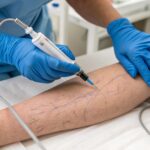
Understanding Vascular Health: When to See a Specialist Like Dr. Desai
July 28, 2025 -

Why Do I Need to See a Vascular Surgeon for PAD?
July 21, 2025 -
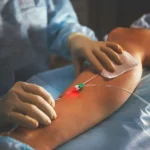
Top 5 Signs It’s Time for Varicose Vein Treatment
July 7, 2025 -
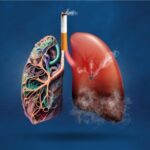
How Smoking Affects Your Vascular Health? Discover the Risks of AAA, PAD, and Stroke
July 4, 2025 -
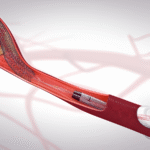
Preventing Strokes with TCAR: Revolutionary Treatment Now Available in Cypress
June 23, 2025 -

Minimally Invasive Vascular Surgery: Advanced Treatments for Complex Conditions
June 16, 2025 -
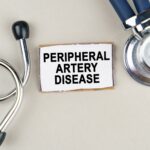
Peripheral Arterial Disease (PAD): What You Need to Know About Symptoms and Treatment
June 10, 2025 -
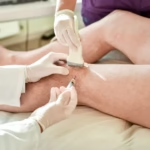
How Endovenous Laser Ablation is Changing Varicose Vein Treatment in Cypress
June 5, 2025 -

Best Vascular Surgeons in Houston: How to Choose the Right Specialist
June 5, 2025 -
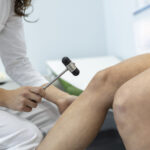
Houston’s Best Varicose Vein Treatments: Expert Advice for Vascular Health
March 10, 2025 -

Meet Dr. Neil Desai: Cypress’s Trusted Vascular Surgery Expert
March 10, 2025 -
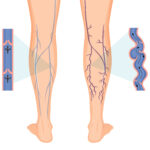
Top Solutions for Varicose Veins: Finding the Best Treatment in Houston
March 10, 2025
Contact Us
Important Links
Practice Location
- © Dr. Neil Desai, Vascular Surgeon Cypress, Houston, TX

